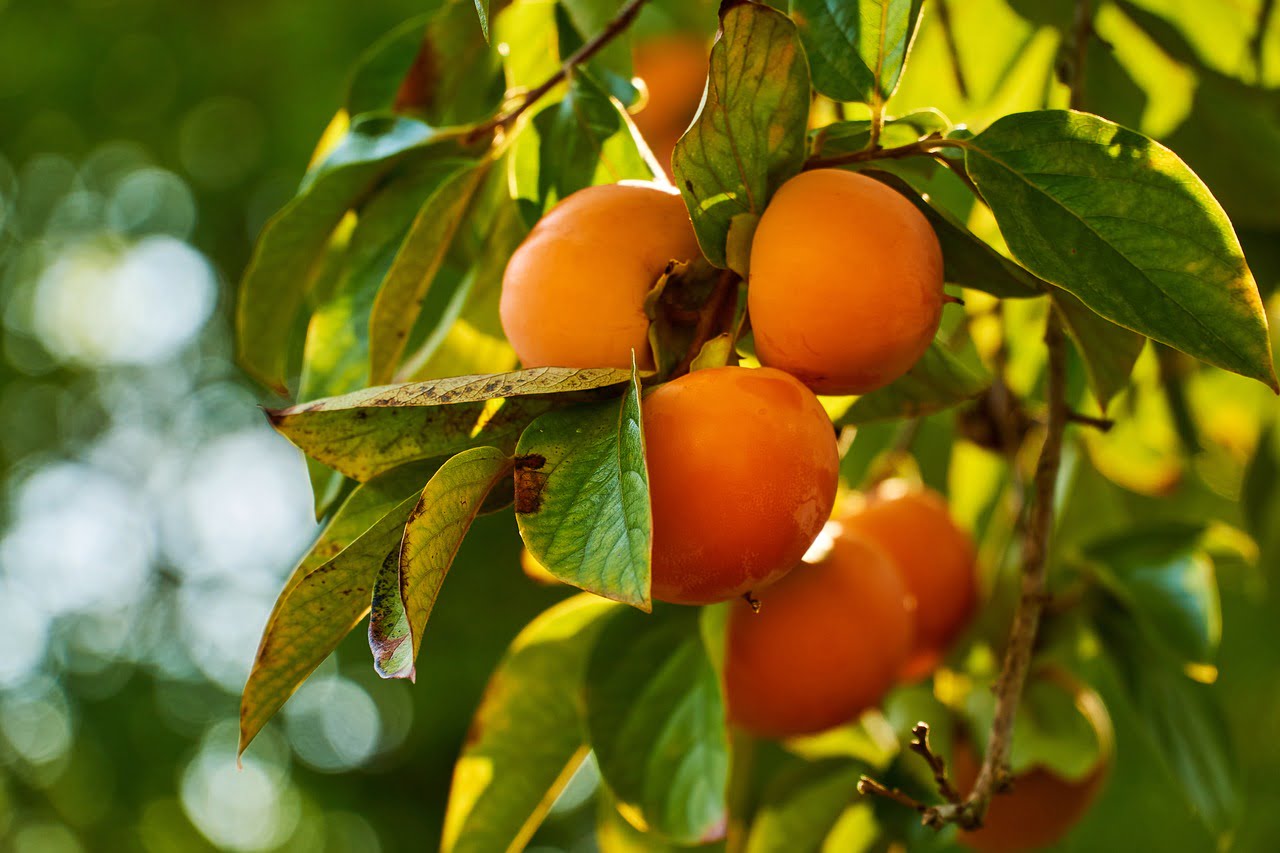
Persimmon and Planting: A Guide to Growing Flavorful Persimmons
Introduction
If you’re a fruit enthusiast looking to expand your garden or orchard, persimmons are a wonderful choice. With their unique flavor and vibrant color, persimmon trees add beauty and deliciousness to any landscape. Whether you’re a seasoned gardener or a beginner, this article will provide you with a comprehensive guide on persimmon planting and care. From selecting the right variety to nurturing your trees, we’ll cover all the essential steps to ensure a successful harvest of flavorful persimmons.
Table of Contents
- Choosing the Perfect Persimmon Variety
- Selecting the Right Location
- Preparing the Soil for Planting
- Planting Your Persimmon Tree
- Watering and Fertilizing
- Pruning and Training the Tree
- Protecting from Pests and Diseases
- Harvesting and Storing Persimmons
- Troubleshooting Common Issues
- Frequently Asked Questions
1. Choosing the Perfect Persimmon Variety
When it comes to persimmons, there are two main types: astringent and non-astringent. Astringent varieties, such as Hachiya, require ripening until soft and jelly-like. Non-astringent varieties, like Fuyu, can be eaten when still firm. Consider your taste preferences and climate to choose the variety that suits you best.
2. Selecting the Right Location
Persimmon trees thrive in full sun, so choose a location that receives at least 6 to 8 hours of direct sunlight each day. Ensure the soil is well-drained to prevent waterlogging. Persimmons prefer slightly acidic to neutral soil with a pH range of 6.0 to 7.5. Test your soil and make any necessary amendments to create optimal growing conditions.
3. Preparing the Soil for Planting
Before planting your persimmon tree, clear the area of weeds and debris. Loosen the soil and incorporate organic matter to improve drainage and nutrient availability. Consider adding compost or well-rotted manure to enhance the soil’s fertility and structure.
4. Planting Your Persimmon Tree
Dig a hole that is wider and deeper than the root ball of your persimmon tree. Gently place the tree in the hole, ensuring it sits at the same level as it was in the nursery container. Backfill the hole with soil, firming it gently around the roots. Water the tree thoroughly after planting to settle the soil.
5. Watering and Fertilizing
Young persimmon trees require regular watering to establish a strong root system. Provide about 1 inch of water per week, ensuring the soil remains consistently moist but not waterlogged. Once established, persimmons are moderately drought-tolerant but benefit from occasional deep watering during dry spells. Apply a balanced fertilizer in early spring and midsummer to provide essential nutrients.
6. Pruning and Training the Tree
Pruning is important for shaping your persimmon tree and promoting proper structure. Prune during the dormant season to remove dead or crossing branches, maintain airflow, and improve sunlight penetration. Training your tree involves selecting a central leader and removing competing branches. Regular pruning helps manage tree size, enhances fruit production, and improves overall health.
7. Protecting from Pests and Diseases
Persimmons are relatively pest and disease-resistant, but they can still encounter issues such as aphids, scale insects, or fungal diseases. Monitor your trees regularly and take appropriate action at the first sign of infestation or disease. Consider using organic pest control methods and maintaining good tree hygiene to prevent problems.
8. Harvesting and Storing Persimmons
Persimmons are typically harvested when fully ripe and have reached their desired color. Astringent varieties should be soft and jelly-like, while non-astringent varieties should be firm but not hard. Carefully twist or cut the fruit from the tree to avoid damaging the branches. Store persimmons at room temperature until fully ripe, then refrigerate to prolong their freshness.
9. Troubleshooting Common Issues
Common issues with persimmons include fruit drop, leaf spots, or blossom blight. Regularly inspect your trees and address any problems promptly. Adjust irrigation practices, ensure proper nutrition, and seek advice from local gardening resources or extension services for specific guidance.
10. Frequently Asked Questions
Q1: Can persimmons grow in cold climates?
A: Some persimmon varieties are more cold-hardy than others. Research and select varieties suitable for your specific climate zone.
Q2: How long does it take for a persimmon tree to bear fruit?
A: Persimmon trees generally start producing fruit within 3 to 5 years after planting, although it can vary depending on the variety and growing conditions.
Q3: Do persimmon trees need cross-pollination?
A: Most persimmon varieties are self-fertile, meaning they can produce fruit without cross-pollination. However, having multiple trees can improve fruit set and yield.
Q4: Can I grow persimmons in containers?
A: Yes, persimmons can be grown in containers, especially dwarf or semi-dwarf varieties. Ensure the container has good drainage and provide regular care and maintenance.
Q5: When is the best time to prune persimmon trees?
A: Prune persimmon trees during the dormant season, usually in late winter or early spring, before new growth begins.
Conclusion
Growing persimmons can be a rewarding experience, providing you with a delicious and unique fruit to enjoy. By following the steps outlined in this guide, you’ll be equipped with the knowledge to successfully plant and care for persimmon trees. Remember to choose the right variety, provide adequate sunlight and well-drained soil, and maintain proper watering and pruning practices. Embrace the joys of cultivating your own flavorful persimmons and savor their delightful taste!